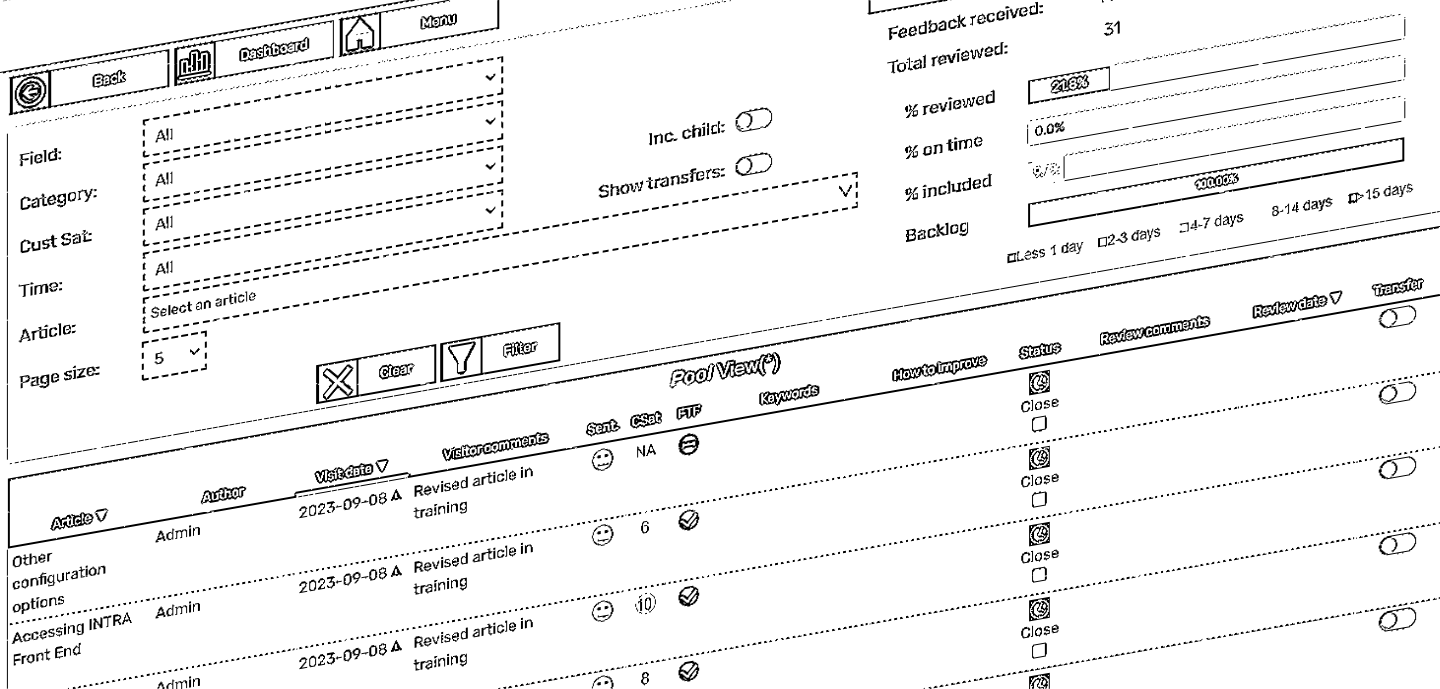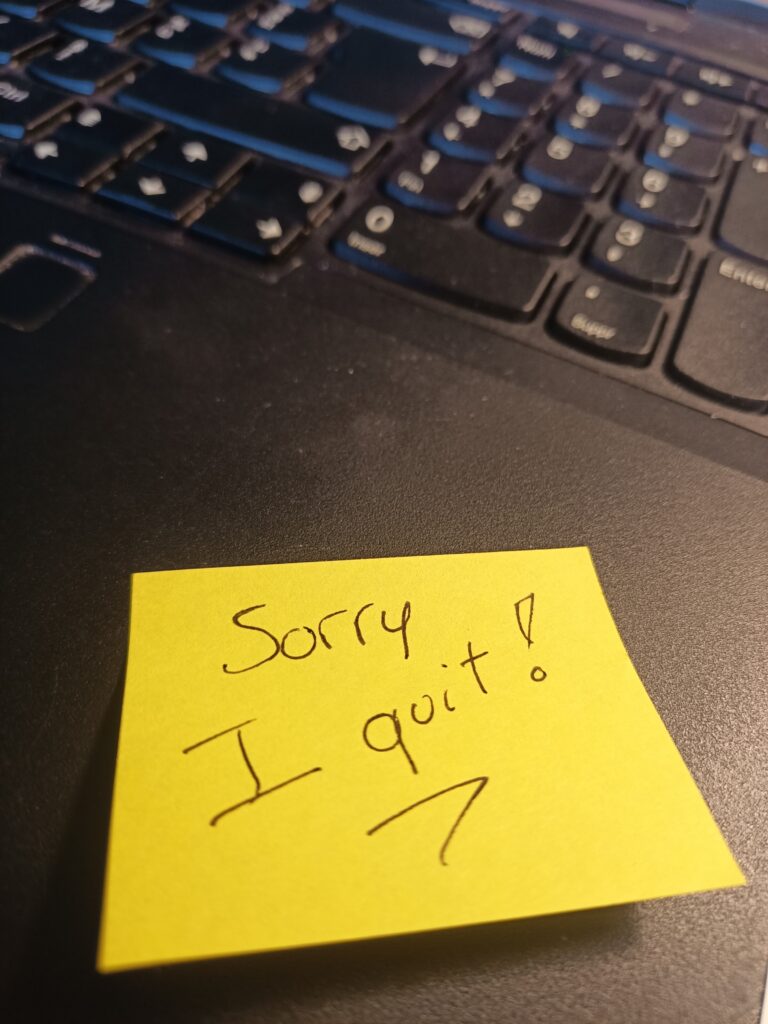Advanced Draft
The recent health crisis we went through have brought radical changes on the way Customer Support Operations (CSO) are managed
It is clear now that having a significant fraction of your CS staff working from home has become a normal way of doing business. This new way can bring benefits and advantages to both employees and employers … under certain conditions!

This kind of radical change of working environment requires to re-evaluate things that were working on large open spaces and that might not work anymore when each employee works from home.
Let’s say: you work on a large open space, you have a customer on the phone asking for a new product price, if you’re not sure what to answer, you can quickly ask around if the new price list applies today or next week…you’ll get a yes/no reply from your team leader or your desk neighbor within a fraction of second. It might not be the ultimate way to get reliable information but we all know it works.

Now if we think about the same situation when you’re “on your own” at home, this is totally different, well you are.on.your.own. You can look for the email from marketing announcing the new price list last week, you can try to chat with colleagues you think are on the same hour shift than you… but you’ll still be on your own.
All the good things that bring informal communication are gone with Home Working: what is easy when working in an open space, with opportunities to ask colleagues for help at the coffee machine or at the cafeteria, is becoming more tricky when you find yourself working from home…

Not that long ago, I heard a manager in charge of Contact Center Operation telling me that Knowledge Management Systems (KMS) were all fine but he could not see the benefits as his team were talking enough to exchange and share commonly required information.
His point was: floor discussions, coffee machine interactions and cafeteria small talks were doing a better job than complex technology systems…He did not convinced me and I did not manage to break his certitude about “people natural knowledge maintenance”.
A few years later, after Covid experience, I’d like to ask him if he was still relying on this informal natural knowledge exchange, not because I want to prove him wrong but because the main information flow he was relying upon is not there anymore, or at least not there as much as it was before.
Now that some top tier BPO providers are announcing more than 40% (and +) of their production being from home office, you just cannot rely on human informal exchanges to vehicle content.
Even for the operations which were relying on some KMS, the challenge is there: content must be monitored, highlighted, made visible, improved, reported upon on a much higher frequency. Freshness of knowledge is becoming a headache for all Customer Touch Points operational managers

A KMS such as SHA enables you to support your agents, are they in the office or remote from home, with fresh, easy to find information.
Another key benefit using SHA is that you can ensure your teams are educating themselves on the latest “need to read” new information, and you can hear their comments on the quality and usefulness of data you submit to them.
SHA helps the Customer Support Operations to provide better Service to your clients by providing better information and support to your teams!
Some advices from the Customer Support Experts at SHA:
- Start today with a KMS solution that will enable you to create, maintain and monitor your enterprise knowledge
- So that your teams can access this knowledge irrespective of their location!
- So that your teams can be guided on what and when they have to learn.
- So that your team leaders and supervisors can easily track the knowledge usage and learning
- If you need to set up a KMS from scratch or move your existing KMS to a much more agile and cost-efficient system, have a look at what SHA can provide you!


